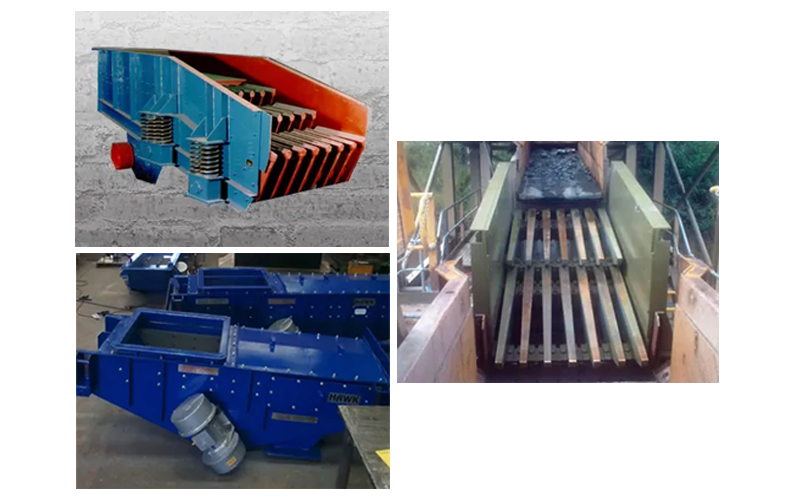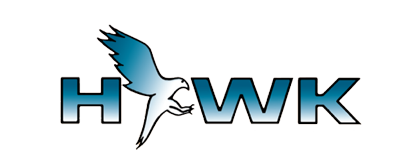Heavy-Duty Feeders from A Leading Mining Equipment Manufacturer in Australia – Maximise Output
October 22, 2025
Maximise output with heavy-duty feeders from Hawk Machinery in Australia, delivering stable feed, more throughput and less downtime for mining operations.
The Role of Heavy-Duty Feeders in Plant Performance
Controlled feed from heavy-duty feeders stabilises crusher load by smoothing truck dump peaks and fines surges, improving product shape and lowering energy per tonne. Even distribution across the face and grizzly reduces bridging, presents oversize correctly to the nip zone, and keeps the chamber near its efficiency point. These robust, high-capacity, industrial-grade, reinforced feeders deliver uniform wear for predictable maintenance windows, safer interventions, and higher uptime.
Types and Best-Fit Use Cases
Correct selection aligns ore characteristics, duty, and integration constraints so the right drive, deck geometry, and liners are specified. At Hawk Machinery, our engineering team sizes feeders to handle impact, abrasion, moisture, and clay, while fitting them for new builds and retrofits.
Available feeder models that we offer:
• Brute Force Vibrating Pan Feeders: Direct drive units that deliver reliable mass flow of fines and coarse rock from bins or truck tips, suited to high impact loading and moderate scalping.
• Extra Heavy Duty Vibrating Grizzly Feeder: Reinforced side plates and robust grizzly bars remove fines ahead of the primary crusher, protecting the chamber and lifting utilisation.
• Hi-Feed Vibrating Grizzly Feeder: High acceleration and efficient scalping serve tight footprints and rapid loading cycles where maximum deck utilisation is required.
How Feeders Maximise Output
Heavy-duty feeders employ adjustable speed and stroke to match fragmentation and hold target tonnes per hour, while live capacity buffers truck cycle surges to maintain utilisation. Even burden distribution reduces jams and bridging, steadies power draw, and improves wear so liners last longer with fewer stops. Automation ready sensors and VFDs enable closed loop control on crusher power or cavity level for consistent throughput.
This market intelligence report on Mining Feeder Report: Trends and Forecasts 2025-2033 highlights that the global mining feeder market is experiencing robust growth—driven particularly by rising automation, technological advancements, and increasing mining activities in the Asia‑Pacific region. It also projects a ~5% CAGR from 2025 to 2033, underscoring the expanding demand and strategic importance of advanced feeding equipment.
Selecting the Right Unit: Quick Checklist
Selection benefits from clear inputs and disciplined sizing so procurement and installation proceed without surprises. Our process matches material properties, duty, and footprint to the drive and controls that deliver safe access and maintainability.
Use the checklist below to select and integrate the right feeder:
• Material: Abrasion index, moisture, clay content, and maximum lump size govern deck profile, liners, and installed power.
• Duty: Required tonnes per hour, feasible speed range, and impact loads determine motor sizing and structural reinforcement.
• Scalping needs: Grizzly spacing and bypass handling define cut size and downstream conveyor configuration.
• Footprint: Hopper geometry and retrofit versus greenfield influence length, drop height, guarding, and access.
• Drive and controls: Mechanical or hydraulic actuation, VFD integration, and condition monitoring shape responsiveness and diagnostics.
• Lifecycle: Liner options, safe maintenance access, and spares lead times set the total cost of ownership.
Hawk Machinery: Specify Heavy-Duty Feeders with Confidence
At Hawk Machinery, we deliver heavy-duty feeders manufactured with cutting-edge processes for consistent quality and strong whole of life value. Our flexible engineering enables modified standard designs tailored to your site, process and maintenance routines. Assess bottlenecks and sizing assumptions to lift throughput, steady power draw, and create predictable maintenance windows.
Contact us to schedule a feeder audit or consultation and maximise output and reliability.
Related Blog Article: Heavy-Duty Feeders from Australia: How Hawk Machinery Powers Quarries Worldwide
Optimized by: Netwizard SEO


